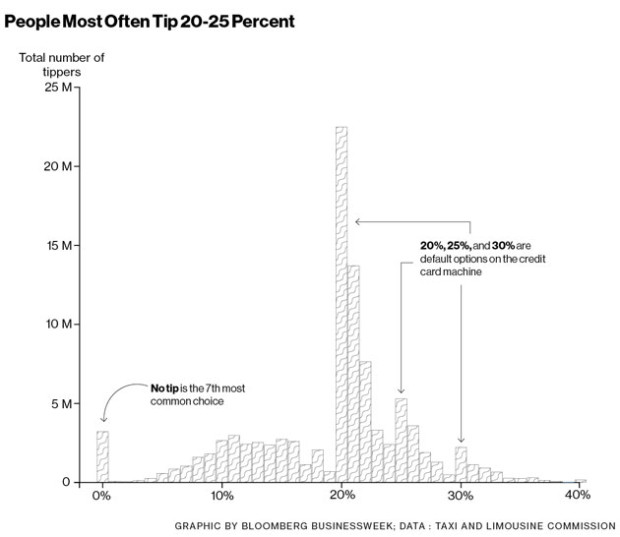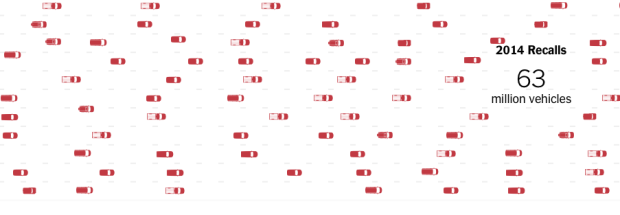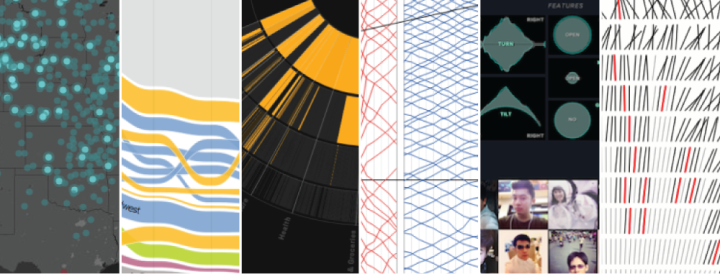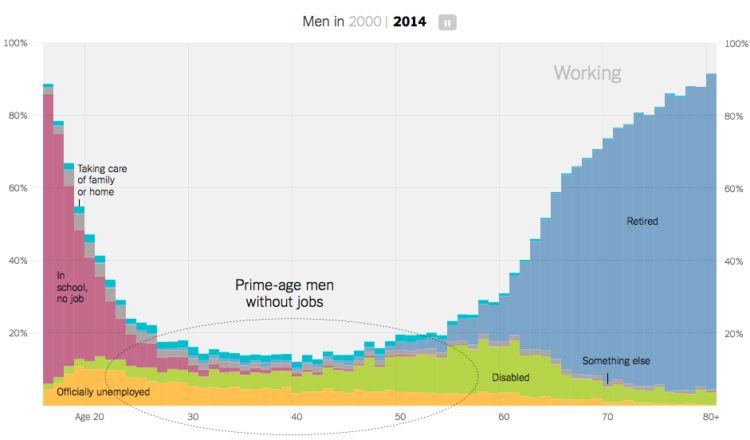You make and publish bits of data about yourself, intentionally and unintentionally, and it goes to the indexed public web or to companies’ private black boxes. Ben Goldacre explains why it’s worth caring about these traces. It’s less hoorah and more example-driven than these sort of articles tend to be, and there’s isn’t a single mention of being awash in data.
At the simplest level, even the act of putting lots of data in one place — and making it searchable — can change its accessibility. As a doctor, I have been to the house of a newspaper hoarder; as a researcher, I have been to the British Library newspaper archive. The difference between the two is not the amount of information, but rather the index. I recently found myself in the quiet coach on a train, near a stranger shouting into her phone. Between London and York she shared her (unusual) name, her plan to move jobs, her plan to steal a client list, and her wish that she’d snogged her boss. Her entire sense of privacy was predicated on an outdated model: none of what she said had any special interest to the people in coach H. One tweet with her name in would have changed that, and been searchable for ever.
Before you say you’re not the woman on the phone and that you have nothing to hide, also read this.














 Visualize This: The FlowingData Guide to Design, Visualization, and Statistics (2nd Edition)
Visualize This: The FlowingData Guide to Design, Visualization, and Statistics (2nd Edition)










